We astronomers welcome the coming of autumn and winter, as it means longer, darker night and great chances of observing some beautiful night-sky targets.
Winter constellations, for example, hold a treasure trove of beautiful objects, and athough we are often drawn to more familiar targets, it pays to seek out some lesser-known night-sky jewels that are just as rewarding.
First, there are two major highlights to look forward to in 2020. Mars reaches opposition on 13 October, when its apparent size is at its greatest. The Red Planet is visible for months after opposition, so observe it regularly to see its apparent diameter changing.
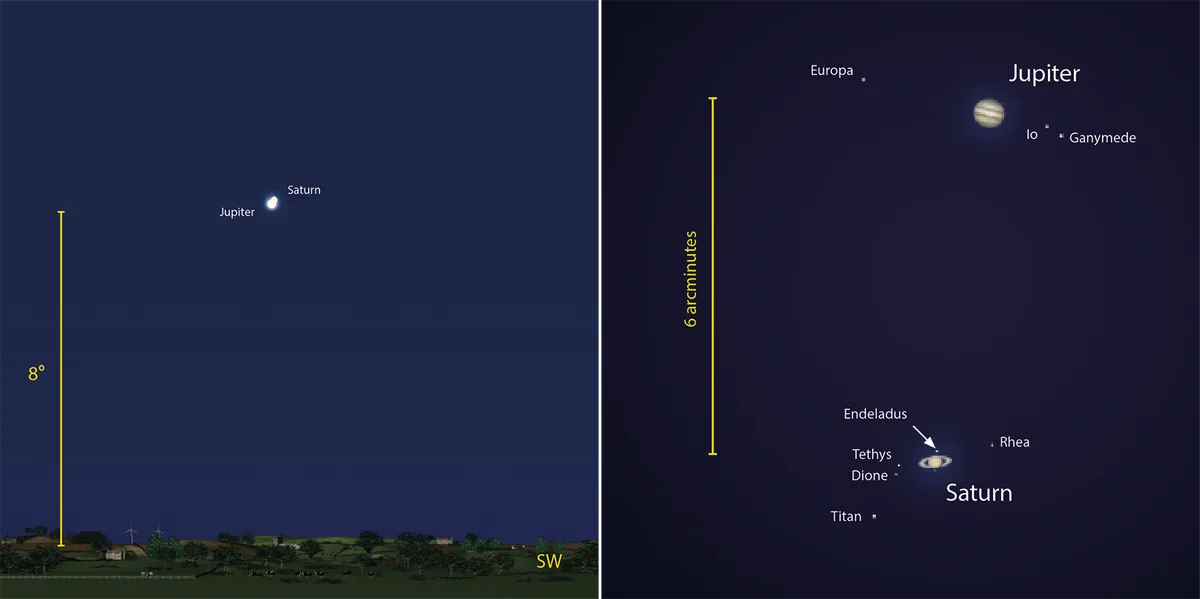
Venus is blazing in the pre-dawn eastern sky during October, and on 14 October is joined by a waning crescent Moon.
Then Jupiter and Saturn will be very close together in the sky on 21 December (see image above). Found low in the western sky, they will easily fit within the field of view of a large telescope.
- For more on this and similar events, read our guide to upcoming conjunctions.
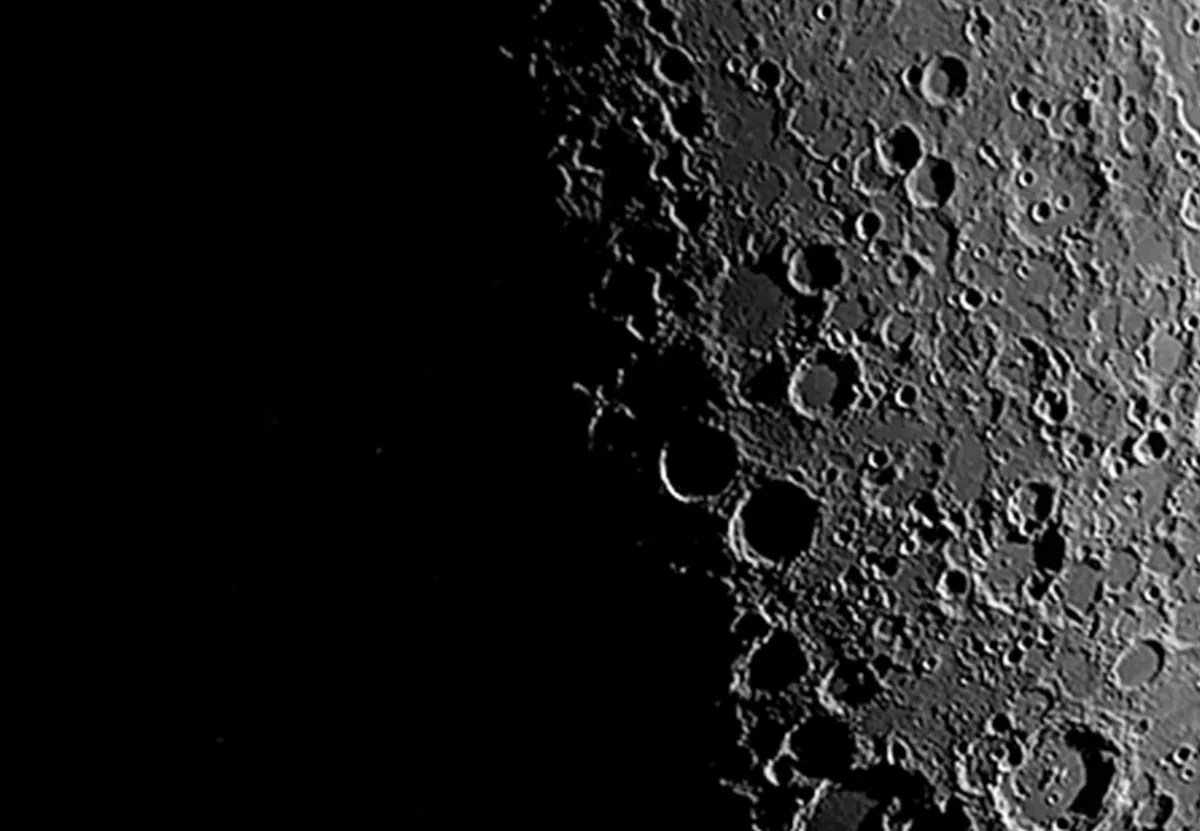
On the Moon, clair-obscur effects are some of the most intriguing phenomena to observe. One of the most well known is the Lunar X, which you can see on 22 November from 16:00 UT. Or see if you can spot the Eyes of Clavius.
On to asterisms, and Kemble’s Cascade, in the constellation of Camelopardalis, is a chain of 15 colourful mag. 5 to 8 stars, with open cluster NGC 1502 at one end.
Observe it on early evenings during November and December through binoculars or a small telescope and it will look like a vertical cascade of stars tumbling into the open cluster at the bottom.
Another lovely asterism of 40 or so mag. 5 stars is the Leaping Minnow and ‘Splash’ in Auriga.Spot them from early October, when they rise in the northeast from 19:30 UT onwards.
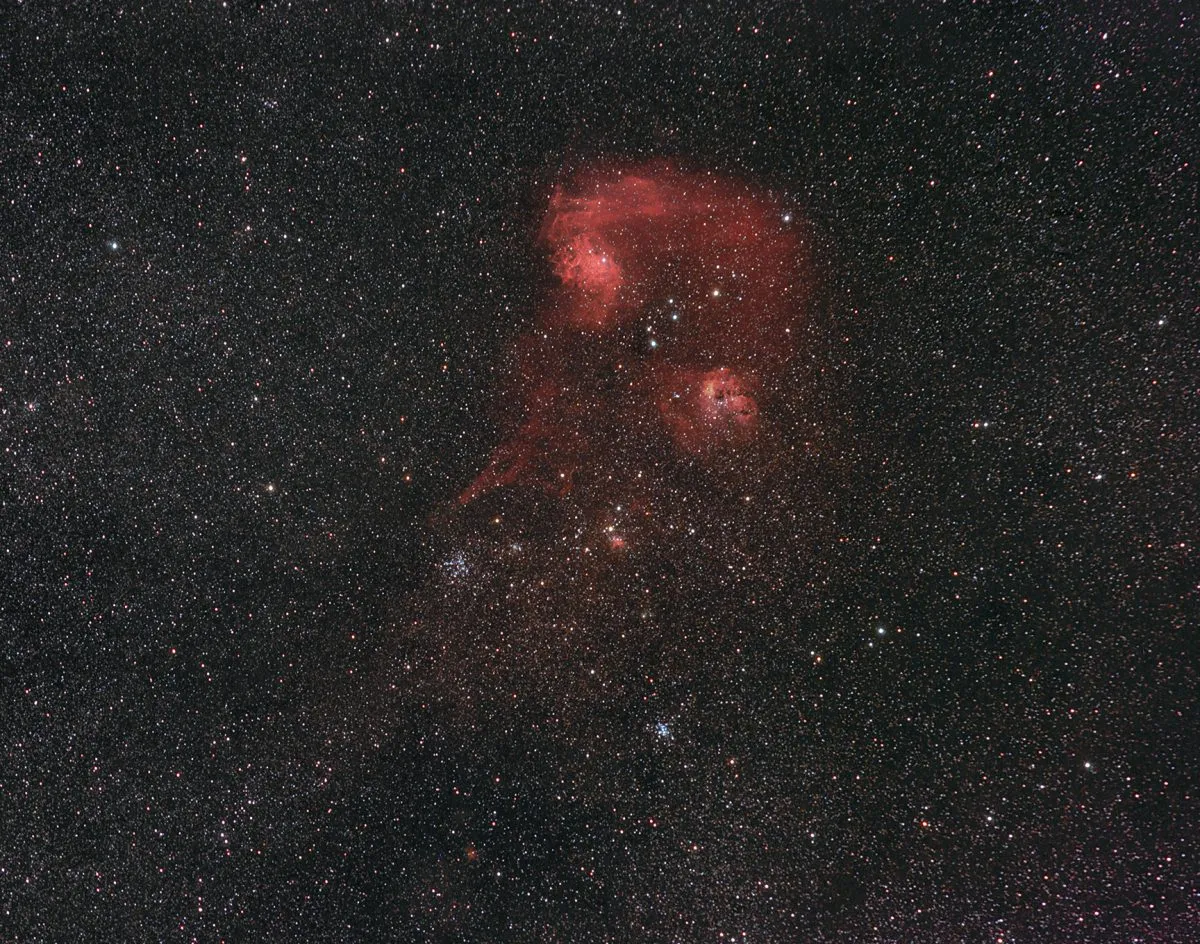
The constellation of Auriga climbs higher in the sky over subsequent months and will be well placed throughout the winter season.
Colour contrasting double stars are beautiful, and a great example is Cor Caroli in the constellation of Canes Venatici. Well-placed in the late evening in February, it can be seen through a small scope.
The primary star shines blue and, at mag. 2.9, is almost 10 times brighter than its mag. 5.6 yellow-orange companion star. At low magnifications you may also see the small barred spiral galaxy M94 nearby.
This double is one of seven apparently green stars that make up our emerald observing challenge.

Beautiful galaxies to spot this autumn and winter
On the subject of galaxies, spring is often called ‘galaxy season’ because so many are observable at that time of year, but if you stay up until after midnight you can see many great targets from mid-December onwards.
Ursa Major is home to a lovely pair: spiral galaxy M81 (Bode’s Galaxy) and irregular galaxy M82 (the Cigar Galaxy). They easily fit into the same field of view with a small telescope and they are extremely photogenic.
Leo is teeming with galaxies and a good place to start is the Leo Triplet group of three spiral galaxies: M65, M66 and NGC 3628.
These can be seen together through a small telescope, but you will need dark skies and time for your eyes to dark-adapt to see them visually.
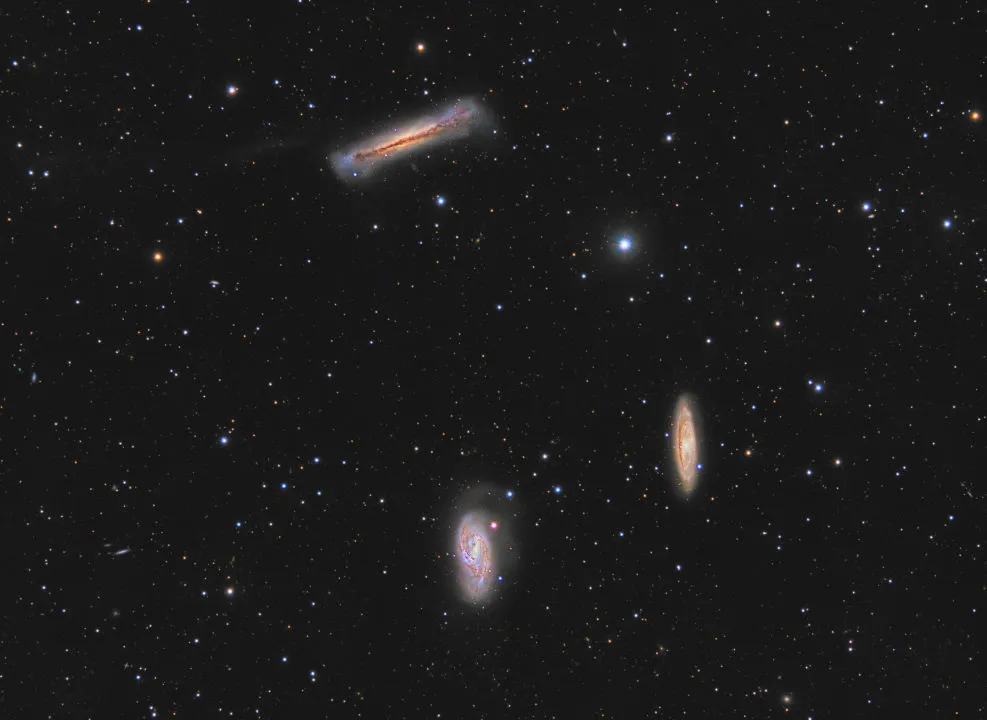
This trio is best observed when it’s more than 18° above the horizon; in mid-December that’s well after midnight.Leo will reach this altitude two hours earlier each month, so by February it is observable by 20:30 UT.
Another double star, Algol, is the second brightest star in Perseus and is well placed every night during the coming months.
It is an eclipsing binary system whose magnitude changes between 2.1 and 3.4 over a period of 2.87 days. Use the nearby mag. 2.1 star Gamma (γ) Andromedae for comparison.
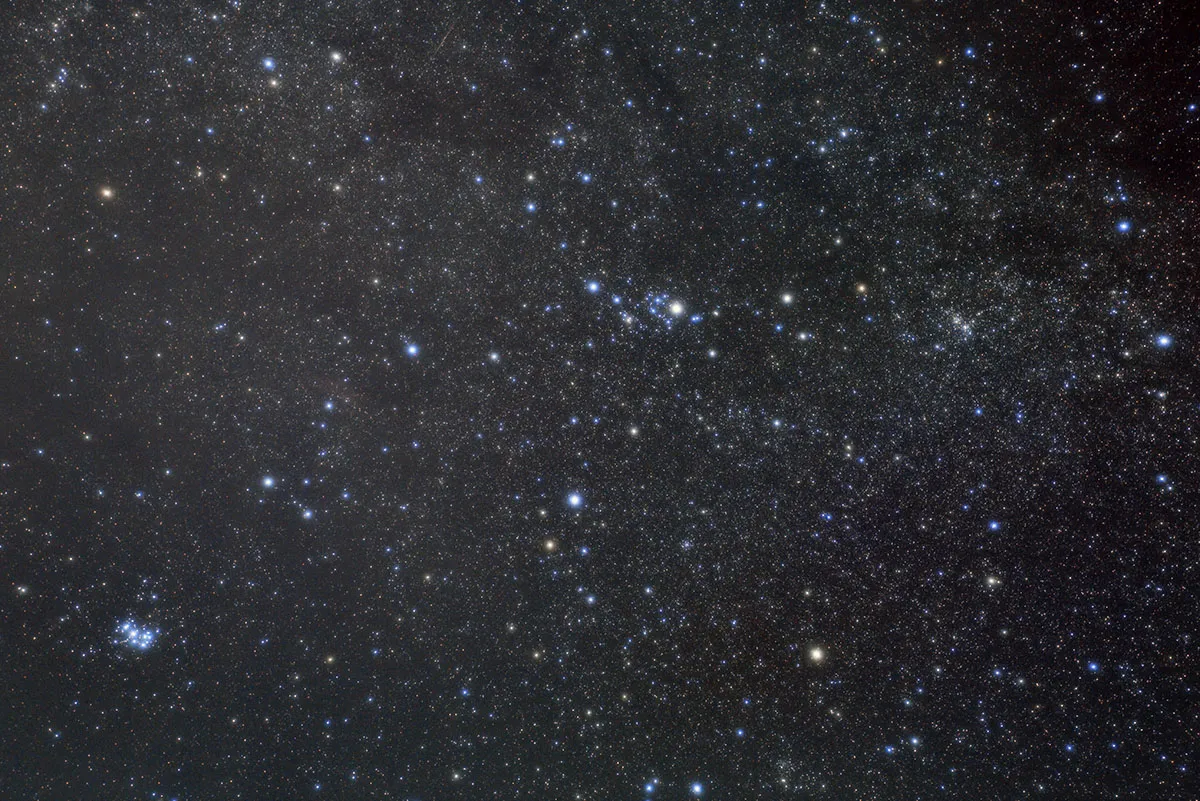
Finally, during spring, Leo plays host to minor planet 4 Vesta. It becomes an achievable binocular target around the beginning of February when it is mag. 7.9, but it will brighten to 5.9 as it reaches opposition on 4 March, before fading again.
It’s visible all night long during February and March. Vesta will move relative to the background stars every night, so learn the star field and follow its journey through Leo.
On 21 March, it passes close to mag. 11.4 barred spiral galaxy NGC 3507. You will need a large aperture telescope to see this conjunction visually, but it will show up more easily in photographs.
The long, dark evenings of winter need not be depressing: if you know where to look they’re a boon. Get outside and get looking up!
8 classic autumn and winter astronomy targets
As well as the perhaps more obscure targets mentioned above, it pays to re-visit the old favourites. Here are some night-sky stalwarts.
The Orion Nebula
One of the easiest nebulae to observe and great to photograph.
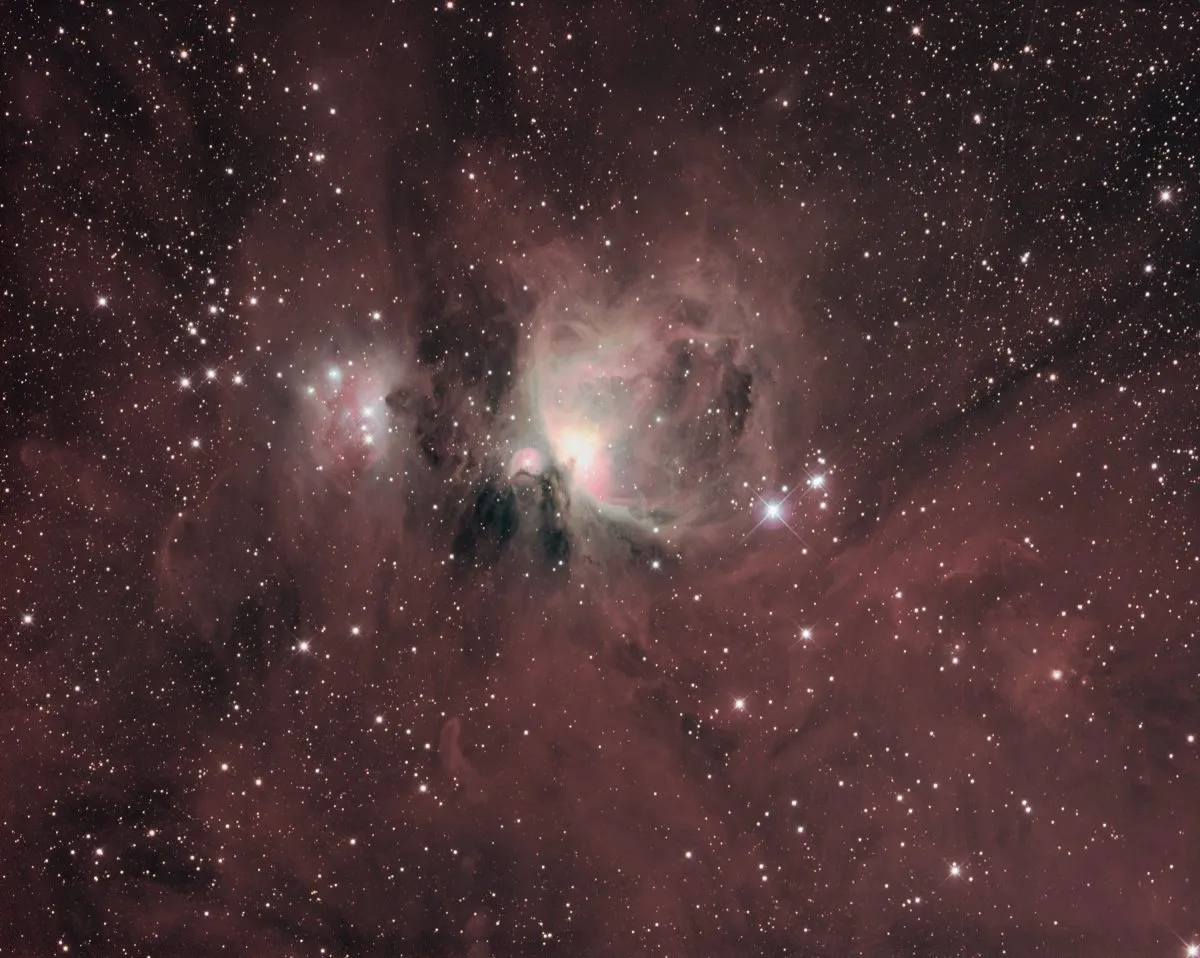
The Pleiades
A stunning open star cluster surrounded by bluish-white gas and dust.

The Geminid Meteor Shower
This annual meteor shower peaks on 13/14 December, with no Moon to interfere in 2020. For more info, read our guide on how to see the Geminid meteor shower.

The Andromeda Galaxy
An easy target for binoculars and small telescopes, but it is also possible to see the Andromeda Galaxy with the naked eye.
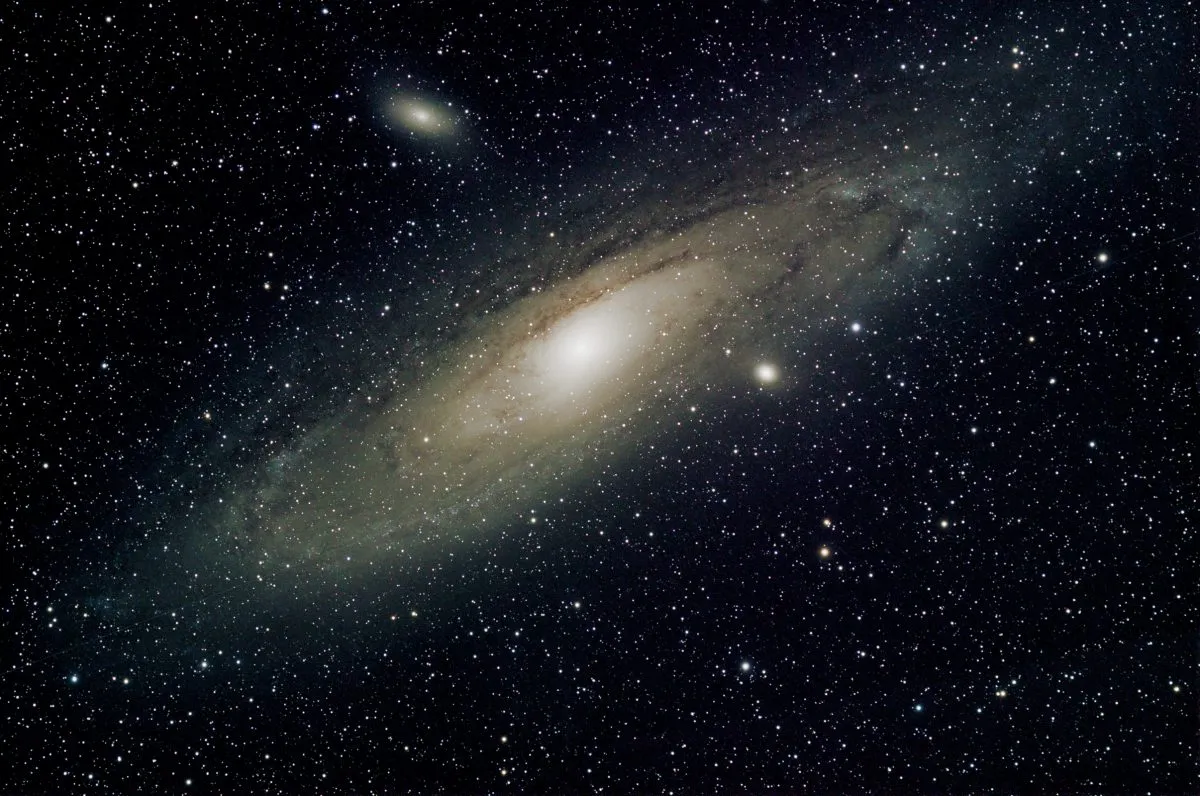
The Triangulum Galaxy
About 15° below the Andromeda Galaxy and well worth seeking out.

The Beehive Cluster
The Beehive Cluster is a gorgeous large and colourful star cluster located in Cancer.

The Double Cluster between Perseus and Cassiopeia
Fantastic for binoculars and small telescopes.
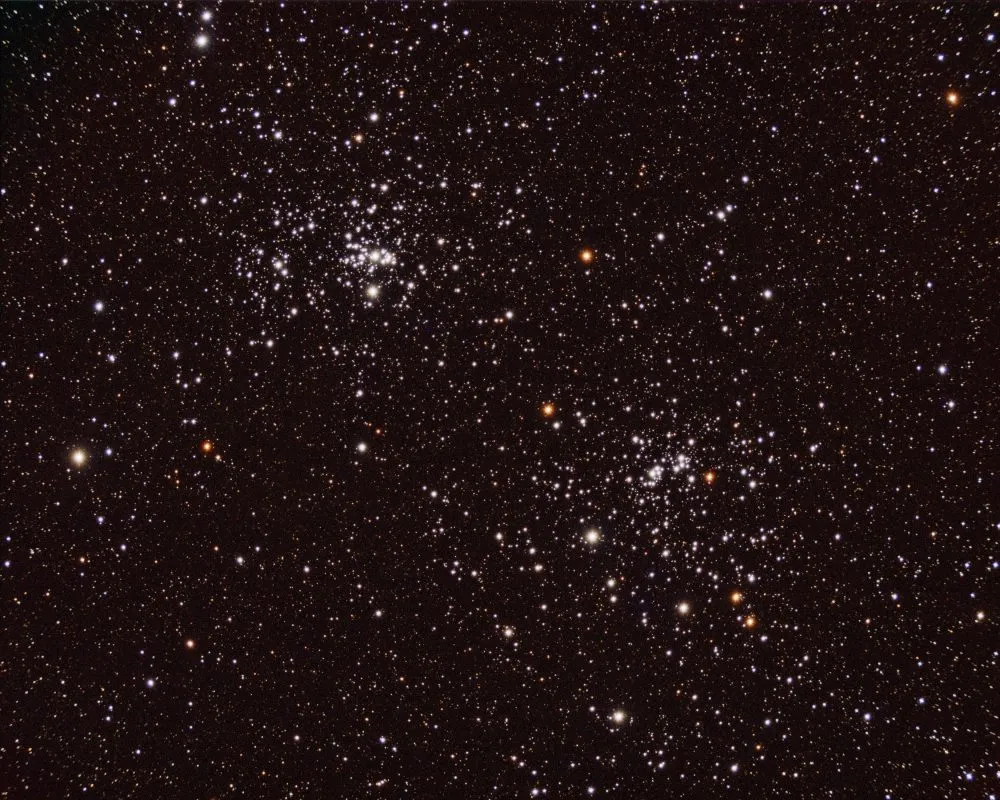
Betelgeuse
A red giant star on Orion’s left shoulder. Compare its colour with blue giant Rigel on Orion’s lower right.
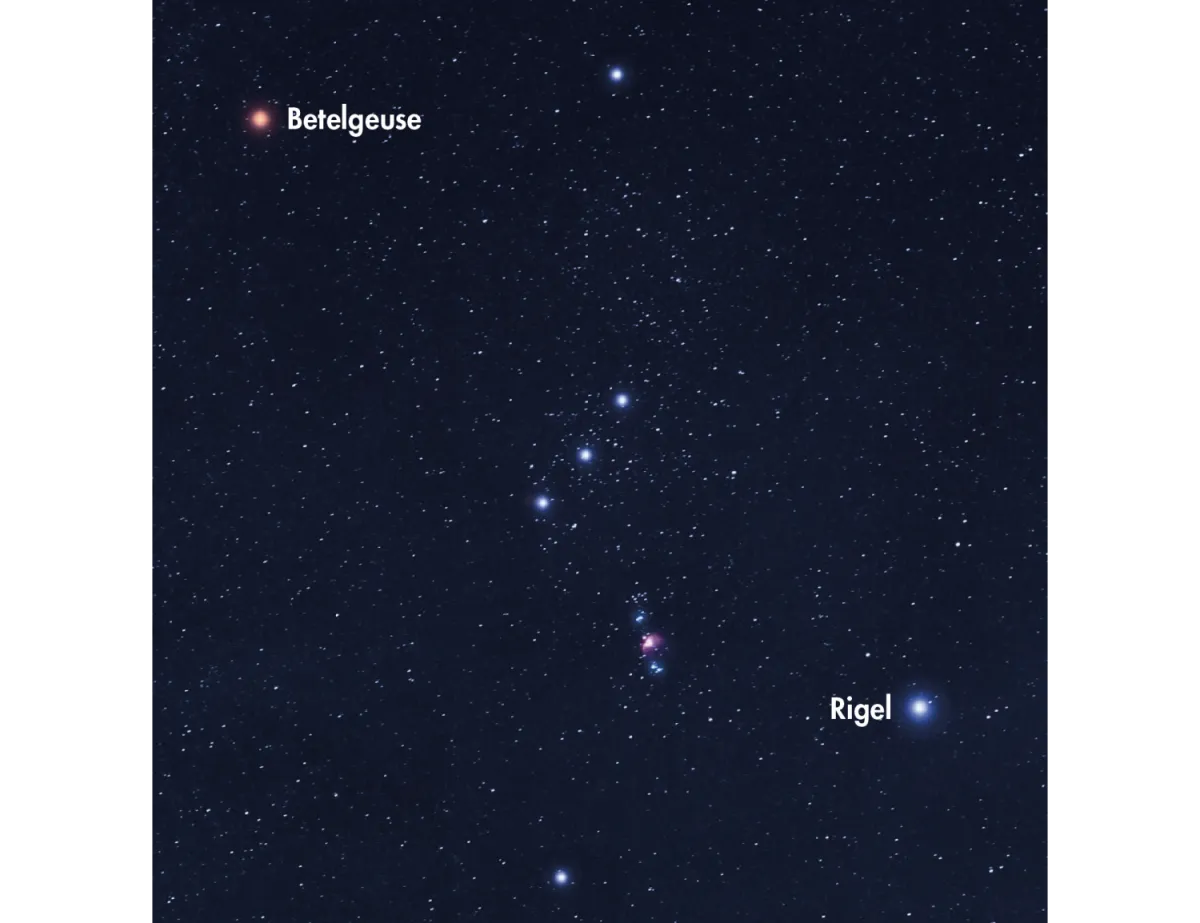
What are your favourite targets to observe throughout autumn and winter? Have you managed to capture a photograph of any of them?
Let us know by getting in touch via email at contactus@skyatnightmagazine.com or on Facebook, Twitter and Instagram.
Mary McIntyre is an Oxford-based astronomer and astrophotographer. This guide originally appeared in the October issue of BBC Sky at Night Magazine.
